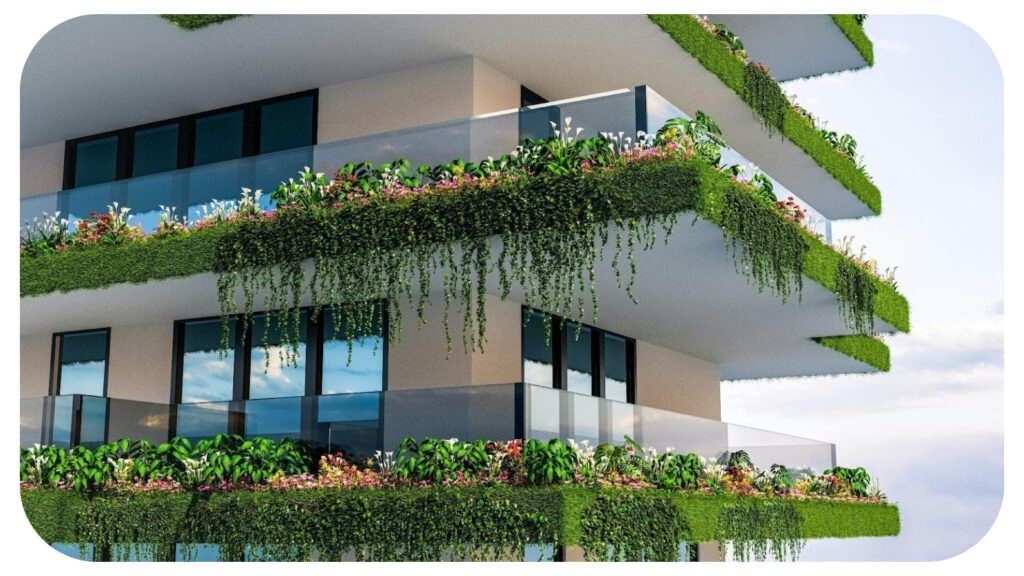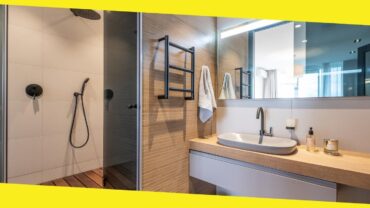A Guide to Balancing Aesthetic Appeal and Sustainability in Architecture

Architecture has always stood at the crossroads of creativity and functionality. For centuries, buildings have reflected cultural values, technological advancements, and human ingenuity. Today, however, architects face an additional challenge—creating structures that are both visually stunning and environmentally responsible. Balancing aesthetic appeal and sustainability requires thoughtful planning, innovative strategies, and a commitment to long-term impact.
The Importance of Sustainable Design in Modern Architecture
Sustainability in architecture has become a necessity in today’s landscape. With climate change and diminishing natural resources, the construction industry has a significant role to play in reducing environmental harm. Buildings account for a large percentage of global energy use and greenhouse gas emissions, making sustainable practices critical for protecting the planet.
Architects now design with more than beauty in mind. They consider how materials, resource consumption, and energy efficiency will affect the environment. This shift encourages an approach where form must complement function, ensuring buildings look good but also minimize waste and conserve energy.
Integrating Aesthetics and Sustainability Without Compromise
“One of the most common misconceptions in architecture is the idea that sustainability limits creativity,” says Brooklyn-based architect and urban designer Joe Fekete. “In reality, it opens the door for new opportunities to innovate. Trends in sustainable architecture demonstrate that beauty and environmental responsibility can coexist harmoniously.”
Modern green buildings blend into their surroundings while using materials that reduce ecological impact. For example, natural stone, reclaimed wood, and recycled steel allow architects to create striking designs without sacrificing environmental ethics. These materials have a timeless quality that enhances the building’s aesthetic while meeting sustainability goals.
Incorporating features like green roofs, solar panels, and natural ventilation increases energy efficiency but also adds visual interest. Vegetated facades and rooftop gardens, for example, provide texture, life, and beauty while improving air quality and reducing heat absorption. The key lies in embracing solutions that enhance both function and appearance.
Choosing Materials Responsibly
Material selection is a cornerstone of sustainable building. The life cycle of a material—from sourcing and manufacturing to disposal—has a major environmental impact. Architects have a responsibility to evaluate these effects when making choices for construction.
Durable and renewable materials are essential for sustainable design. Bamboo, for instance, has gained popularity due to its rapid growth and strength. It’s versatile enough to be used for flooring, paneling, and structural elements, and its neutral tones complement nearly any design style. Similarly, rammed earth construction integrates natural aesthetics with reduced environmental impact, offering a warm and organic appearance.
Low-impact materials also include those that can be reclaimed or recycled. Salvaged wood or repurposed concrete can add character to a design while conserving resources. Recycled glass, reconstituted stone, and even discarded textiles have gained recognition for their innovative potential in architecture. Choosing these materials aligns beauty with eco-consciousness, creating designs that are visually unique and environmentally sound.
The Role of Energy Efficiency in Building Design
A building’s energy consumption goes hand in hand with its sustainability profile. By focusing on energy efficiency, architects can design structures that reduce dependence on nonrenewable resources while also lowering operational costs for occupants. The challenge, of course, is to integrate these features without compromising visual appeal.
Passive design strategies are a great starting point. Orientation, window placement, and shading are all factors that can maximize natural light and ventilation, reducing the need for artificial lighting and air conditioning. These elements, when thoughtfully incorporated, enhance the look of a building by emphasizing open spaces, carefully framed views, and harmonious proportions.
For those seeking to push energy efficiency further, renewable energy systems like solar panels or wind turbines can be incorporated into the design. While these technologies often have a utilitarian appearance, creative placement can make them a defining feature of the structure. For example, photovoltaic panels can double as shading devices, combining practicality with elegance.
Designing for the Surrounding Environment
A building doesn’t exist in isolation; it interacts with its environment in countless ways. The most memorable and sustainable designs respect their surroundings, blending seamlessly with natural and urban landscapes alike. Architects use this principle to create structures that feel like part of their setting rather than a disruption to it.
Incorporating site-specific elements helps establish a sense of place while reducing environmental impact. This might involve using locally sourced materials or adapting designs to work with the natural topography. For instance, buildings constructed into hillsides can take advantage of the earth’s insulation properties while creating dramatic, eye-catching forms.
Landscaping plays a critical role in integrating architecture and nature. Native plants, drought-resistant vegetation, and bioswales can create lush outdoor environments that complement building aesthetics while managing water runoff. These elements make a property appear more vibrant and sustainable at the same time. Appeals to local culture and environment further enrich the design, making each project unique.
Balancing Longevity with Style
Aesthetic trends in architecture come and go, but sustainability is built on long-term thinking. The goal should be to design structures that age beautifully, maintaining their relevance and value for decades. Durable materials, clean lines, and timeless proportions often prove more enduring than trendy design elements that fade quickly.
Sustainable buildings also require adaptability. Over time, needs and functions may change, and designs must account for this flexibility during the planning process. Modular spaces, movable walls, and multi-use areas help ensure buildings remain functional as life evolves. This focus on adaptability promotes longevity by reducing the likelihood of demolition and reconstruction.
At the same time, the art of storytelling can play a role in achieving aesthetic longevity. A design anchored in its historical, cultural, or environmental context will remain meaningful as trends shift. This approach helps create buildings that feel both rooted and timeless.
Using Technology to Bridge the Gap
Technology continues to redefine what’s possible in architecture, offering tools that enhance both sustainability and aesthetics. Advanced computer models allow architects to test how their designs will perform in different conditions, optimizing layouts for natural light, airflow, and energy efficiency.
Beyond design software, smart building systems take efficiency to the next level. Sensors, automated controls, and energy monitoring tools can optimize heating, cooling, and lighting in real time. These systems reduce energy waste while enhancing the user experience, creating spaces that feel modern and inviting.
Advances in prefab construction are also worth noting. Prefabricated components reduce construction waste and speed up timelines, and they now come in a variety of styles that cater to both minimalist and elaborate tastes. What once seemed limited by technology has now become a versatile tool for both function and form.
Architecture is continuously evolving to meet new challenges, and the balance between beauty and sustainability has never been more essential. By focusing on environmentally responsible design, architects are shaping a future where buildings inspire while minimizing harm to the planet.
The most successful structures are those that tell a story through their design of their place, their time, and their purpose. Sustainable architecture doesn’t ask designers to sacrifice creativity; rather, it requires them to expand their vision. The result is a built environment that unites art, science, and environmental stewardship in meaningful ways.
Recommended For You
Bathroom Styling Tips for Sheer Luxury
Most Inside
Most Inside offers high-quality recommendations and valuable updates to enhance all aspects of your life, providing premium guidance and enriching experiences.




